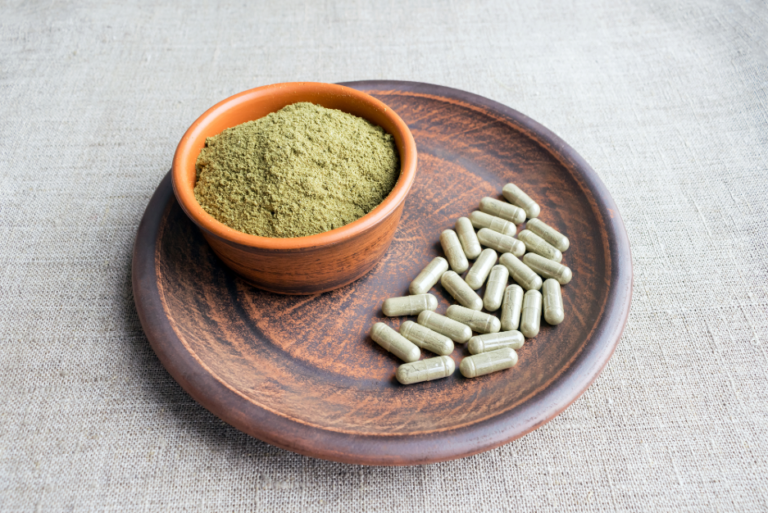Kratom, a powerful plant native to Southeast Asia, has a rich history of traditional use and has recently gained attention for its potential therapeutic effects. While much of its impact is often linked to interactions with opioid receptors, there’s much more to the story. This article uncovers the science behind Kratom’s key alkaloids—Mitragynine and 7-Hydroxymitragynine—delving deeper into their unique mechanisms beyond opioid receptor activity.

Mitragynine: The Leading Alkaloid in Kratom
Mitragynine is the most abundant and well-researched alkaloid found in Kratom. While it does interact with mu-opioid receptors in the brain, similar to common pain medications, Mitragynine exhibits a distinctive profile. Unlike full opioid agonists that completely activate these receptors, Mitragynine functions as a partial agonist. This means it provides pain relief with a significantly lower risk of dependency and fewer severe side effects. This unique action makes Mitragynine an intriguing candidate for safer alternatives in pain management.
The Potency of 7-Hydroxymitragynine
The story becomes more fascinating with 7-Hydroxymitragynine, a metabolite derived from Mitragynine within the body. Emerging research suggests that 7-Hydroxymitragynine is even more potent in its interaction with opioid receptors, which likely contributes to Kratom’s notable analgesic effects. However, this alkaloid’s influence isn’t confined to the opioid system alone.
Kratom’s Effects Beyond Opioid Receptors
Mitragynine and 7-Hydroxymitragynine extend their activity far beyond just mimicking opioid behavior. Studies show that these alkaloids interact with other vital receptor systems in the brain, including serotonin and adrenergic receptors. This broader interaction may help explain why many Kratom users report mood elevation, increased energy, and anxiety relief. These non-opioid effects position Kratom as a more complex and versatile botanical with far-reaching potential.
Unlocking the Full Potential of Kratom’s Alkaloids
As research continues, understanding the broader mechanisms of Mitragynine and 7-Hydroxymitragynine is essential for unlocking Kratom’s potential in areas such as pain management, anxiety relief, and even addiction treatment. The alkaloids’ unique receptor activity offers a promising future for those seeking natural alternatives to conventional treatments.
What’s Next?
While the science behind Kratom’s key alkaloids is compelling, further research is needed to fully understand its potential benefits and potential risks. This article provides a springboard for further exploration.





